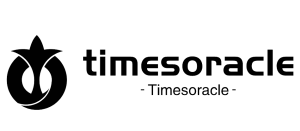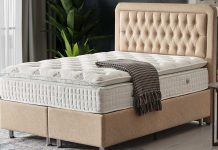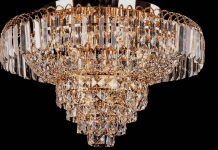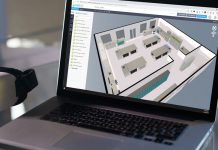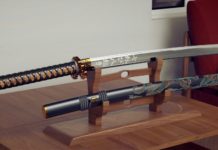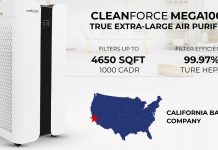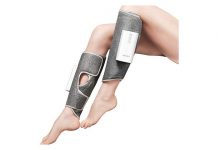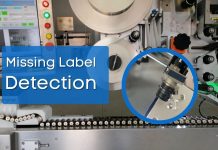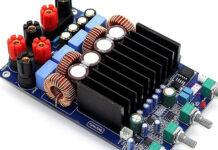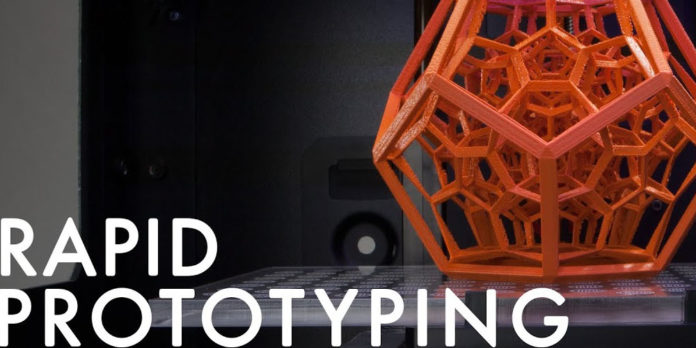Rapid prototyping processes such as additive manufacturing, CNC prototyping, rapid tooling, and metal casting produce prototypes from a mold or design idea. The prototypes are then refined until you get the desired product. Rapid prototyping processes use different materials as long as they are compatible with the hardware used. Product manufacturing is quick, cost-effective, and the perfect solution for your projects. Check out rapid prototyping China who offer great prototyping services and produce realistic parts. We discuss tips for selecting the best rapid prototyping services below.
Selecting the Best Rapid Prototyping Process
Rapid prototyping processes vary depending on the final product produced. Before starting the selection process, have an idea of how the finished product will look. The product designer will suggest a process for you, but you must consider few factors before proceeding.
1. The complexity of the Product
The complexity of parts of a product influences the rapid prototype process to be used. If the complicated parts are small, additive manufacturing is the best method to use. The subtractive manufacturing process is suitable for machining parts, and injection molding is best for prototypes produced using 3D printing.
2. Product Purpose
The New Product Development (NPD) or the design process has stages that determine the purposes of a product. At each stage, a product appears and functions differently. NPD has four stages which have requirements for the functionality of the product to eliminate risks. The first stage is product planning and task clarification, which requires proof of the design model, demonstration units, and industrial designs.
The second stage is the conceptual design which needs user interfaces and assemblies of scaled designs. The embodiment stage follows and involves examining prototypes, and proper detailing on the parts is important. The final stage is the detailed design stage, where every product produced is eligible for use in the testing phase.
3. Product Quality
The quality of your product determines the rapid prototyping process. There are two types of prototypes: high-fidelity, which is high quality, and low-fidelity with a low quality. Also, the comparison between the prototype and the final product is important. The processing and post-processing technology used varies when the object looks exactly like the prototype when it has a distinct difference.
4. Quantity
Before you approach the manufacturer with the idea of what you want, identify the number of products you want to be made. The quantity of products also influences the cost of each process type. Some prototype processes are less costly when producing items in small quantities and also take less time.
Others, when used on many products, require more money and time to produce. Large items that require a lot of printing hence more work causing manufacturers to charge more.
Final Words
Choosing the best prototype process is essential as it determines the success of your product. It also produces an object that resembles the prototype, has an amazing quality, and is fit for testing. The tips above will guide you through the selection process to find what works best for you.

